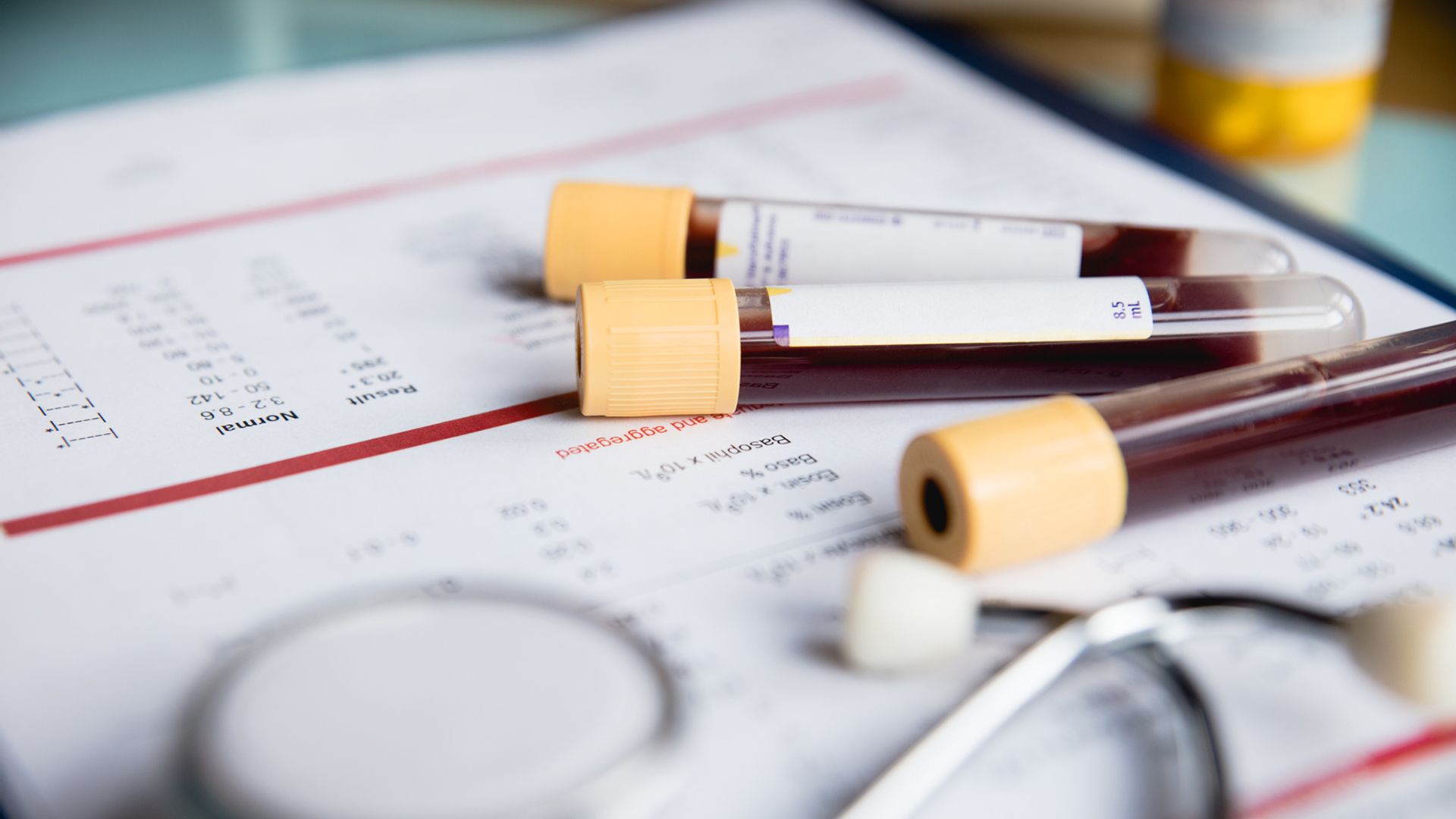Updated on November 13, 2024
Staging is a way of categorizing cancer based on how much it has progressed. Staging is useful when deciding on a treatment approach and determining what therapies may be most helpful for treating a particular cancer.
Many staging systems assign a number based on tumor size and if the cancer has spread beyond the initial tumor. Staging for leukemia is different, however, because it involves cancerous cells that circulate through the blood and typically do not form solid tumors fixed at a particular point in the body. Leukemia stages are assigned based on factors including blood cell counts, enlarged organs, enlarged lymph nodes, and damage to bones.
Healthcare providers do not use a numbered staging system for CML. Instead, CML is categorized into one of three phases. Phases are determined based on the number of blast cells contained in the blood and/or bone marrow. Blast cells are immature white blood cells that are found in elevated numbers in people who have myeloid leukemia.
CML phases
Different healthcare providers and organizations may use different thresholds for the different phases of CML, but the basic guidelines are:
- Chronic phase. The majority of people diagnosed with CML are diagnosed during this phase and many do not have any symptoms. In this phase, blood and bone marrow contain less than 10 percent blast cells.
- Accelerated phase. CML is considered to be in the accelerated phase when blood and bone marrow samples show between 10 and 19 percent blast cells, but other factors may also be taken into account. These factors include levels of other types of white blood cells, as well as platelet counts and chromosomal changes in the leukemia cells.
- Blast phase (also called blast crisis). This phase is categorized by blood and bone marrow samples that show blast cell percentages above 20, as well as large clusters of blast cells in bone marrow, and blast cells spreading to other tissues.
CML phases and treatment
The phase of the CML is an important piece of information when deciding on an approach to treatment. Targeted therapies called tyrosine kinase inhibitors (TKIs) are the preferred treatment for chronic phase CML, but other therapies (such as immunotherapy and chemotherapy) may play a role in treatment for some patients, as well. TKIs may also be used in the treatment of accelerated phase and blast phase CML, though when CML has advanced, it can be more challenging to treat. If possible, a person with advanced phase CML will be treated with a stem cell transplant, preferably after control is achieved.
Beyond the phase of the CML, there are other factors a cancer care team will take into account when advising a person with CML about treatment. These factors include the person’s age, overall health, and medical history, as well as the symptoms they are experiencing. Genetic changes to the CML cells may be another important factor, and healthcare providers may test for specific genetic changes, which can help determine what therapies and drugs might prove most effective.






